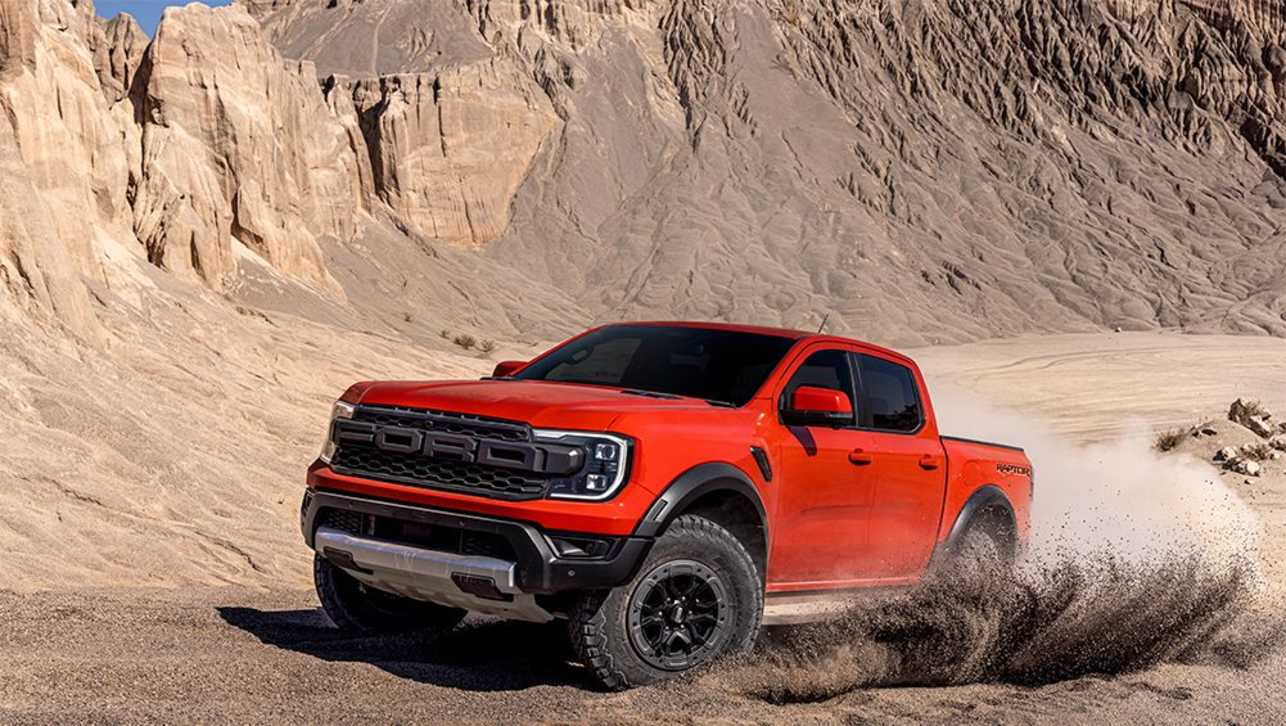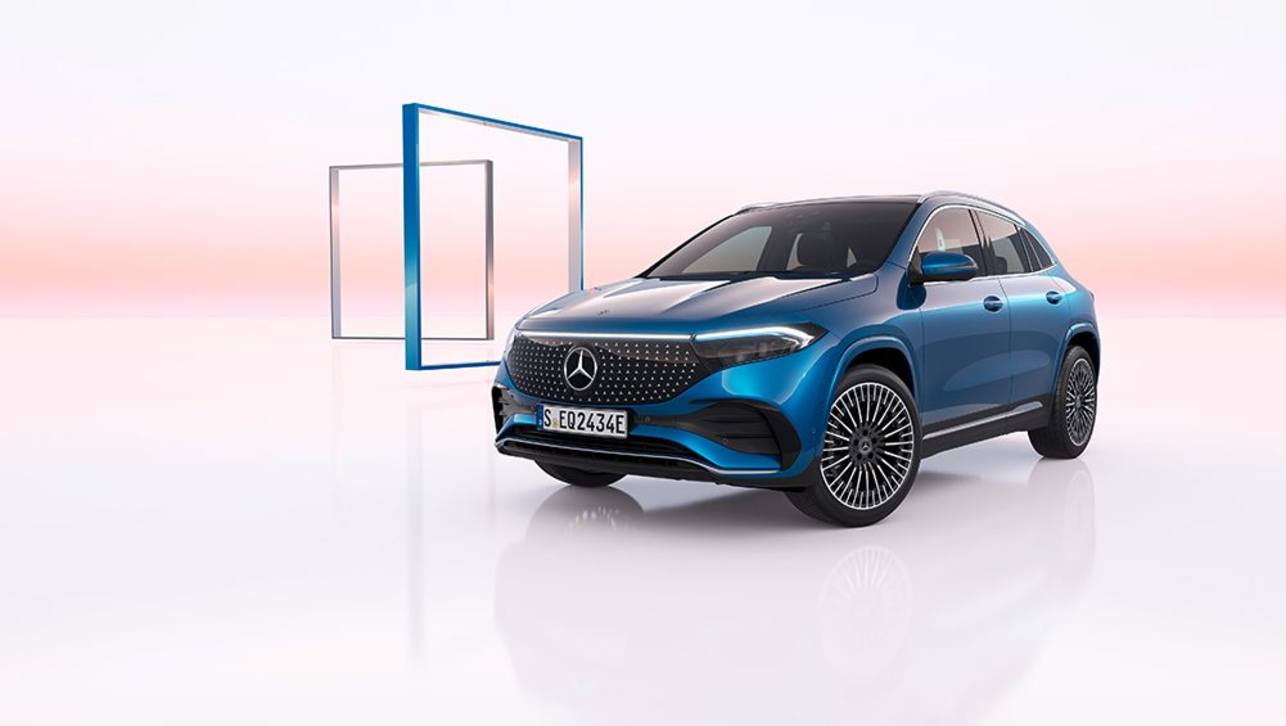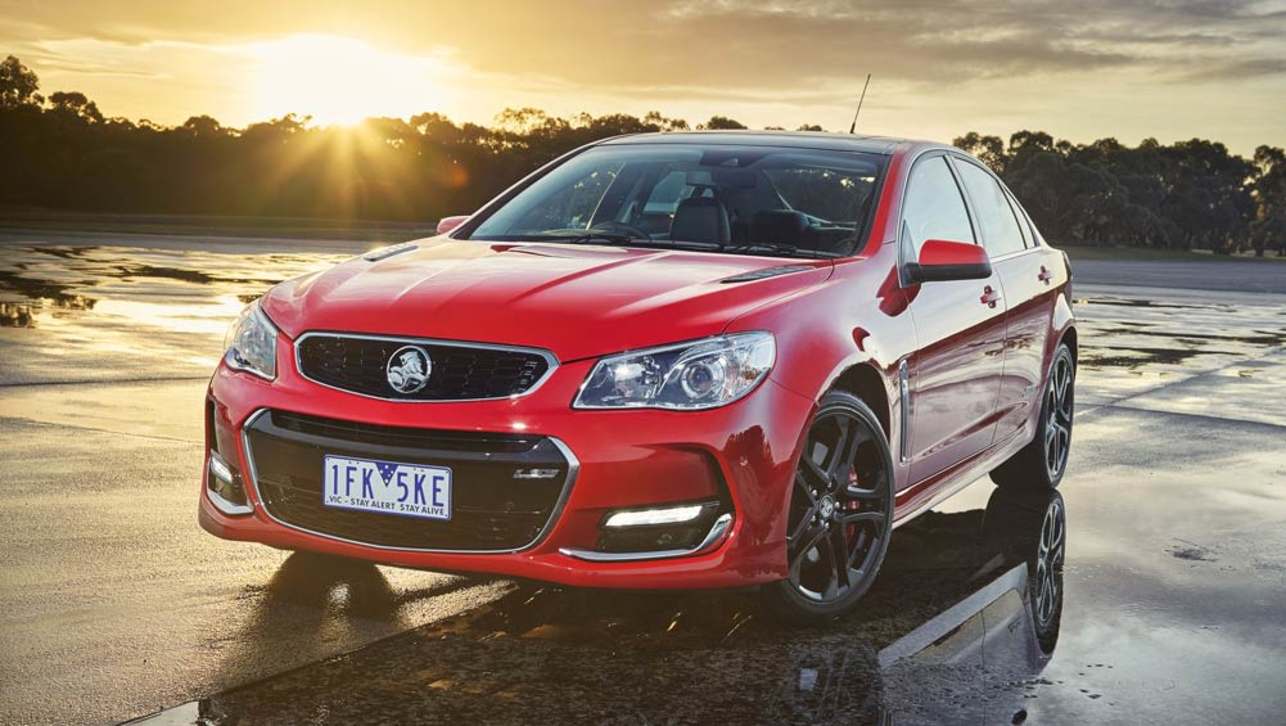Mitsubishi Australia is riding high as the third most-popular brand in the market, managing to increase its share in a supply-constrained market, but how has the brand pulled it off when big names like Toyota and Mazda have struggled?
The answer, according to Mitsubishi Australia boss Shaun Westcott, is that the local market is seen as crucial to the global organisation, allowing priority of supply to come our way over other markets.
“[Mitsubishi has asked] which are our key markets? Which are our core markets? Which are our most successful markets? How do we supply them?” he said.
“Everyone’s facing supply-chain constraints, but it’s the relationships we have with our suppliers, it’s the engagement we have, it’s how we thinking innovatively.”
Mr Westcott also told CarsGuide that the Japanese marque has managed its forward ordering well during the last few years of the COVID-19 global pandemic, and capitalised on its stronger position to leapfrog Hyundai and Kia for third place in Australia.
“The reality is that we’re getting multiples of things right across the entire value chain,” he said.
“Yes, supply – let’s be frank about is – is definitely a factor in the current market, but if you look at the progress of Mitsubishi as a company – where we were a few years ago – we were sitting fifth, and then fourth and now number three in the market, and supply is definitely a factor.

“But if you get supply right when everybody else gets it wrong, aren’t you smarter? Aren’t you reading your market better? Aren’t you planning as a global organisation?”
After five months of trading this year, Mitsubishi Australia has amassed 35,902 new registrations, slightly ahead of Kia and Hyundai on 30,939 and 29,908 sales each.
However, Mr Westcott revealed that Mitsubishi’s plan isn’t simply to supply more cars to market than others, but to also keep its existing customer base happy and engaged with the brand.
To that end, Mitsubishi Australia flew in parts directly from suppliers during the height of COVID restrictions and the supply-chain shortages to service customer cars and keep them on the road.
.jpg)
According to Mr Westcott, the service came “at great expense” to Mitsubishi, and it “made no money on those parts”.
“At the end of the day, it’s about putting the customer’s first,” he said.
“It’s a combination of products, a combination of supply chain, a combination of agility … it’s innovating, it’s collaborating, it’s coming up with new ways of doing things.
“It’s even about bearing the loss to make sure that we have happy customers at the end of the day.
“Those things come together at the end of the day, and the become indivisible, and people go ‘wow, this brand is looking after me, and this brand is great’.”







.jpg)
.jpg)
.jpg)

.jpg)


.jpg)
.jpg)

.jpg)
.jpg)


.jpg)


.jpg)
.jpg)




Comments